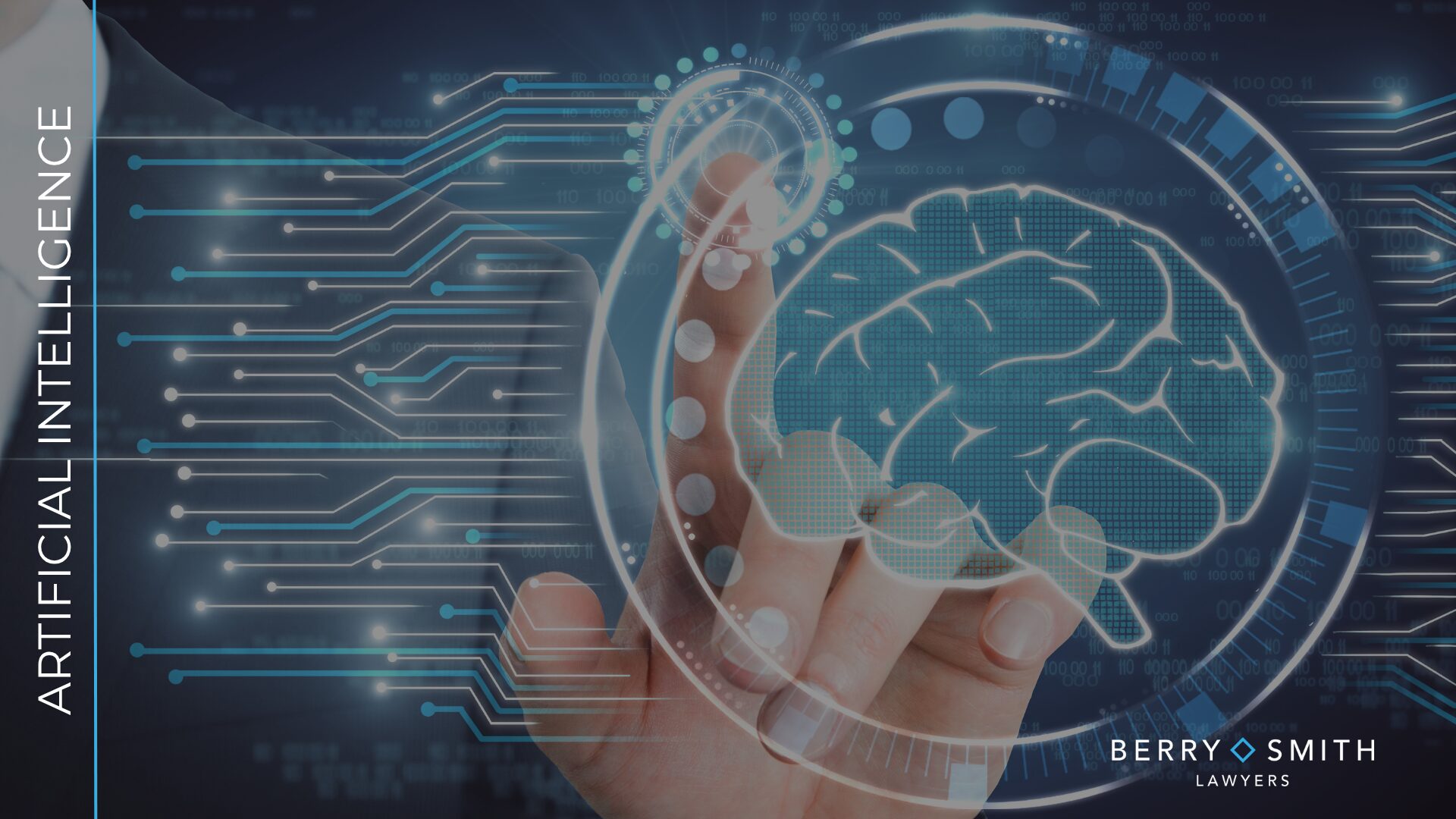Artificial intelligence is transforming creative industries—from music and art to journalism and software development. But as machines generate increasingly sophisticated content, a fundamental legal question arises: Who owns the intellectual property rights in AI-generated works?
This article explores the evolving legal landscape around authorship, ownership, and protection of machine-generated content, and the challenges facing courts, creators, and companies
The Traditional IP Framework
Intellectual property law has long been built on human creativity. Copyright, for example, protects “original works of authorship” created by a person. Patents require inventors to demonstrate novelty and non-obviousness. Trademarks link brand identity to a source of goods or services.
But AI systems—especially those using generative models—can now produce:
· Paintings and illustrations
· Music compositions
· Written articles and poetry
· Software code
· Product designs
These outputs may resemble human creativity, but they raise serious questions about legal authorship.
Can AI Be an Author?
Most jurisdictions do not currently recognize AI as a legal author. Courts and copyright offices in the UK, US, EU, and elsewhere have consistently held that:
· Copyright must originate from a human mind
· AI-generated works lack the “human authorship” requirement
· Ownership defaults to the human or entity that directed or programmed the AI
For example, the US Copyright Office rejected copyright registration for an image generated by an AI system without human input, stating that copyright law protects “the fruits of intellectual labor that are founded in the creative powers of the mind.”
Who Owns the Output?
If AI cannot be the author, ownership typically falls to:
· The user who prompts or directs the AI
· The developer or company that built the system
· The employer under work-for-hire principles
Ownership may depend on:
· The level of human involvement
· The terms of service of the AI platform
· Contractual agreements between parties
For example, if a marketing team uses an AI tool to generate ad copy, the company may own the output under employment or licensing terms.
Legal Uncertainty and Emerging Models
Several legal models are being debated to address the gap:
1. Human Attribution Model
Only works with meaningful human input qualify for protection. AI is treated as a tool, like a camera or paintbrush.
2. AI-Assisted Authorship
Where AI contributes but a human curates or edits, the human may claim authorship.
3. New Rights for Machine-Generated Works
Some propose sui generis rights—custom legal protections for AI-generated content, separate from traditional copyright.
4. Corporate Ownership by Default
In commercial settings, companies may claim ownership through contracts or platform terms, regardless of individual input.
Practical Implications for Creators and Businesses
· Review platform terms: Many AI tools claim broad rights over user-generated content.
· Use contracts to clarify ownership: Especially in collaborative or commercial settings.
· Document human input: To support claims of authorship and originality.
· Monitor legal developments: As courts and lawmakers adapt to AI’s creative capabilities.
Berry Smith Bottom line
AI is reshaping the boundaries of creativity—but intellectual property law is still catching up. Until legal frameworks evolve, creators and companies must navigate a patchwork of rules, relying on contracts, platform policies, and human oversight to secure their rights.
The future of IP may not lie in choosing between human and machine—but in redefining creativity itself.
If you have any questions on intellectual property or AI you can contact our experts on 02920 345511 or at commercial@berrysmith.com
